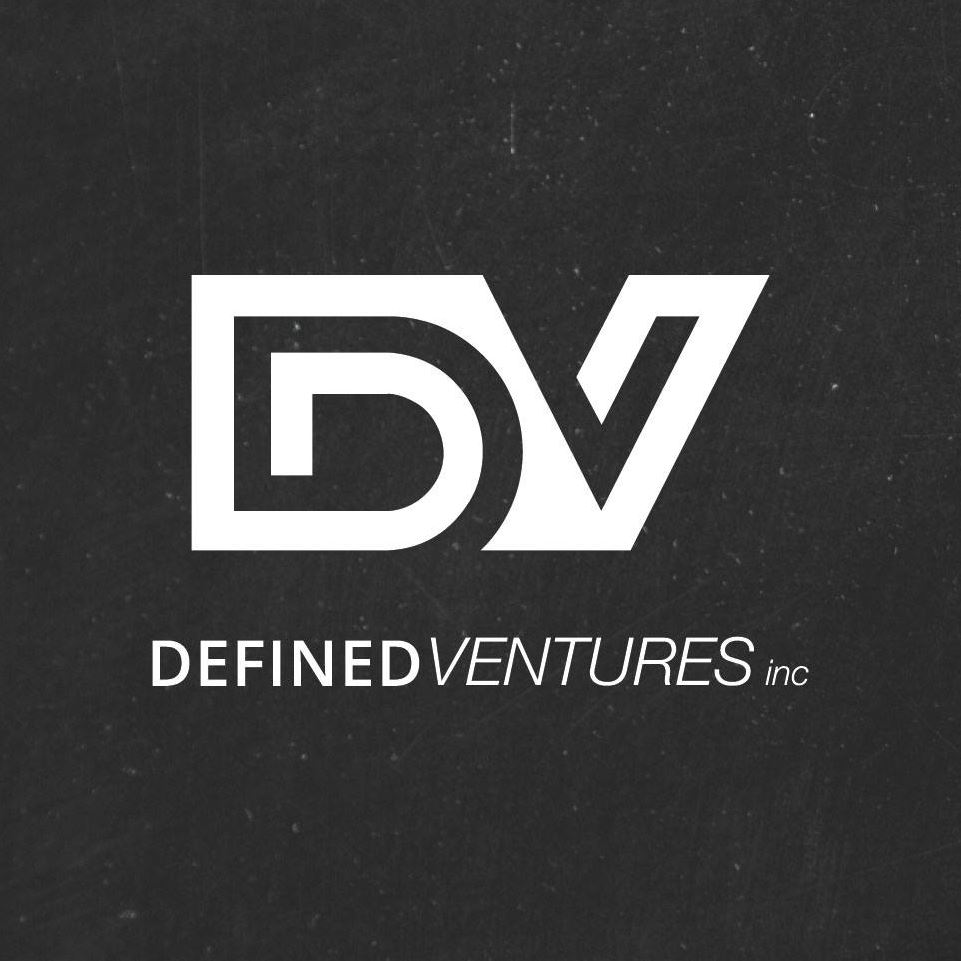The term SaaS (software as a service) has emerged in recent years as synonymous with software. Traditionally, since the eighties, software was available as a hard copy, first disc and then to CD. The hard copy was then downloaded into your computer, and that was that. No updates, no added features. If you wanted the regularly, often annually, updated version of the software, it would often cost you the full retail price. This led to outdated software that slowly became incompatible and unsupported by the newer versions.
Luckily we are moving away from the one-and-done software installations of the past. Now, software has changed it’s model a bit. Instead of a one-time installation, companies either require you to pay a monthly subscription to use their software or charges a one-time purchase with regular updates and bug fixes. Plus, no more CDs.
For example, Dropbox is a cloud-based software that allows you to store files on their server. Previously, if you wanted to back up your files, an external hard drive was used and had to be synced manually. Now, you can sync your files to be stored in the cloud, so you can access them at any time and from any place. If you cancel your subscription, you no longer have access to upload or share files. Every few months or so, they release a free app update and automatically update their website. This allows users to have the ability to share, upload, and download files for a low monthly fee.
An example of a SaaS model that is an up-front, one-time cost is WooCommerce. WooCommerce is a free ecommerce solution that runs through WordPress. The software itself is free, but additional features and add-ons are billed at an additional cost. Once you purchase the add-ons, routine updates are available at no extra cost. WooCommerce is best utilized when integrated with an ERP (enterprise resource planning) software like Podio, so you can collect and utilize data across the board.
SaaS Testing
Many SaaS offer a demo or trial, lasting anywhere from a few days to a month. While payment information is often collected in order to activate the trial period, users can cancel any time before their trial is up to prevent being charged. Trial periods can be beneficial if you’re test driving a software before considering migrating your company to it. However, migrating data and incorporating employee testing into a trial period for the software is not recommended. Be sure to carefully consider your software options before selecting a business management software. It’s highly recommended that you work with a software engineer and/or technology consultant whenever data migration is needed.
What You Pay for Is What You Get
Software as a service has proven a win-win for many companies and customers. Companies are able to attract more users, while customers are given a lower monthly or annual rate because they essentially pay for the software over time. This also allows smaller businesses to migrate to sophisticated software because of the lower monthly payments. And because many companies offer reasonable cancellation terms, you’ll never feel stuck with a software.
Ten years ago, if a large business had several diverse needs that current software didn’t meet, they would spend up to hundreds of thousands of dollars to develop a custom system for their employees to use. This is a costly option; along with the initial development cost, a developer is needed on retainer for bug fixes and updates. Now, because many SaaS companies offer monthly or annual plans, it means that businesses can integrate several subscription-based services into their management platform for a fraction of the cost of a built-from-scratch system. As with anything else, you get what you pay for: don’t be tempted by a suspiciously cheap business management program. Investing in a competent, complete, and customized system will more than pay for itself in the long run.
SaaS Solutions & Integration
Now, it’s common practice to select an open API platform and integrate quality software according to needs. For example, businesses utilize Podio for their main ERP platform and incorporate marketing software like MailChimp, reporting software like Tableau, and document management like PandaDoc. Each software is one of the best in it’s field, and takes care of routine updates and bug fixes. Integration is a practice that we highly recommend because of it’s ease of customization and ability to grow with your business.
Sustainable Business Growth
By selecting a platform that integrates easily with other SaaS, your company can pick and choose which additions and features are necessary as you grow. What you may use now as a one-shop storefront may not be ideal when you expand to five stores. As your needs ebb and flow, your software can flex with you, not hinder your growth. Podio is a perfect example of software that is infinitely scale-able as long as you are willing to invest the time to make it work for you.
From Outgrowing Your Software, to Growing With Your Software
Previously, a migration was needed every time your business outgrew their system. Not only do migrations have upfront costs, but they also cause employees to have a dip in efficiency as they learn the new system. Typically, a two-week adjustment period is recommended for basic user interaction, with at least of month of overlap to make sure data doesn’t fall in the cracks. If you’re having to migrate software every three or four years, this time can really add up.
Migrating to a software as a service platform, like Podio, ensures that you can grow with your system. Even if you need to change or upgrade a feature, the base of your system will stay the same. This makes it easier for employees to adjust to new features, should the need to integrate another feature arise in the future.
SaaS Adoption Continues to Surge
This is crucial in making any decision about software – if it does not make the end users life any better they will not use it, so it doesn’t matter how pretty the reports are for management.
As with everything else, you can research users and reviews on software before you buy. If a software has a high number of users and market share, you can count on them to continue innovating and growing their software. Start-ups like Dropbox, Uber, Hootesuite, Buffer, AirBnb, and Square, have become industry standards and reliable companies to integrate with. As a part of becoming an industry standard, you know that these softwares be relatively easy for any user to pick up and start using right away.
If you’re questioning whether or not your business should migrate to a SaaS model, the answer is yes. With the direction that software is moving, software as a service will continue to gain momentum and be the industry standard and you’ll be forced to update eventually. The positives far outweigh the negatives, with the main draw being the ease of updates and integration.
President and founder of DVI, Aaron Boerger realized early in life that he had a unique combination of x-ray vision and business acumen for seeing the weaknesses that held businesses back – and the ability to define the right tools, technology and strategy to make them stronger.
From founding a successful technology support business in his early teens, to serving as Chief Operating Officer for several companies in the financial, technology and marketing industries, Aaron has developed a reputation for reinventing technology implementation tactics – and the willingness to tell people not what they want to hear, but what they need to hear, in order to achieve success without overwhelm.
Aaron will always go the extra mile to provide the accountability and support his clients need to achieve their goals, yet isn’t afraid to tell them when they are doing something wrong.

